₹449.00
SuJeev – Verti
A Soil without microorganisms is just – Dirt.
80% of inorganic fertilizer leaches out as ends in the drinking water.
Why?
Because we put plants to a strict time table to eat by feed. Inorganic Fertilizers even when they are not hungry. As a result the nutrients are then not used up and leach out or become lost in runoff water.
Only microorganisms with adequate organic matter in the soil can hold them in the soil….
How?
In an organic system the foods transformed by the microbes into plant-available forms are there all the time. Bacteria and fungi use any excess nutrients not used by the plant, so nutrients are not lost via leaching or run-off. Secondly, without excess nutrients available to them, pathogens have no access to high nutrient levels. As a result, many disease-causing organisms cannot grow in organic systems without nutrients in surplus.
The Role of Microbes :
Microbes are so vital that plant roots give out “exudates” – compounds such as sugars made via Photosynthesis to attract beneficial microorganisms. The microbes eat these exudates, creating a symbiotic relationship with host plant by :
1. Providing a natural defense by competing with disease causing microorganisms
2. Building micro-aggregates to improve soil health through aeration and water retention.
3. Eating nutrients in the soil and storing them before releasing to the plants.
4. Providing a nutrient reservoir to which plants have access 24 x 7, and can eat whenever they are hungry.
However, the cycle is not yet complete. Many of these nutrients are in a form not yet usable by plants. The protozoa (including amoeba, flagellates and ciliates) eat the smaller bacteria, and even other protozoa, transforming these previously unusable forms of nutrients into forms that are available to plants. When the protozoa release the nutrients, they are then available to plants.
सुJeev Verti
Biological Name :
Verticillium lecanii
Count :
2 x 108 cfu / ml.
Role in Soil Biology :
Fights Aphids, Jassids, Mealy bugs, Plant Hoppers, Thrips,
Benefits :
- Grows naturally throughout the world and is an entomopathogenic fungi.
- Good biological insecticide controlling sucking pests.
- Provides the microbe diversity necessary for the soil microbiome.
- Good for use in both soil and foliar applications.
- Leaves no residue and stop resurgence of pests.
Dose & Application :
Soil : 2 Ltrs per acre to the roots by drench/drip fertigation in 200 Ltrs water.
Foliar : 5ml / Ltr of water.
For best results, give along with :
Bio-Feed 1Ltr and All-in-One 1Ltr as food starters in Soil Application.
All-in-One 2ml / Ltr of water as food starters in Foliar Application.
Description
A Soil without microorganisms is just – Dirt.
80% of inorganic fertilizer leaches out as ends in the drinking water.
Why?
Because we put plants to a strict time table to eat by feed. Inorganic Fertilizers even when they are not hungry. As a result the nutrients are then not used up and leach out or become lost in runoff water.
Only microorganisms with adequate organic matter in the soil can hold them in the soil….
How?
In an organic system the foods transformed by the microbes into plant-available forms are there all the time. Bacteria and fungi use any excess nutrients not used by the plant, so nutrients are not lost via leaching or run-off. Secondly, without excess nutrients available to them, pathogens have no access to high nutrient levels. As a result, many disease-causing organisms cannot grow in organic systems without nutrients in surplus.
The Role of Microbes :
Microbes are so vital that plant roots give out “exudates” – compounds such as sugars made via Photosynthesis to attract beneficial microorganisms. The microbes eat these exudates, creating a symbiotic relationship with host plant by :
1. Providing a natural defense by competing with disease causing microorganisms
2. Building micro-aggregates to improve soil health through aeration and water retention.
3. Eating nutrients in the soil and storing them before releasing to the plants.
4. Providing a nutrient reservoir to which plants have access 24 x 7, and can eat whenever they are hungry.
However, the cycle is not yet complete. Many of these nutrients are in a form not yet usable by plants. The protozoa (including amoeba, flagellates and ciliates) eat the smaller bacteria, and even other protozoa, transforming these previously unusable forms of nutrients into forms that are available to plants. When the protozoa release the nutrients, they are then available to plants.
सुJeev Verti
Biological Name :
Verticillium lecanii
Count :
2 x 108 cfu / ml.
Role in Soil Biology :
Fights Aphids, Jassids, Mealy bugs, Plant Hoppers, Thrips,
Benefits :
- Grows naturally throughout the world and is an entomopathogenic fungi.
- Good biological insecticide controlling sucking pests.
- Provides the microbe diversity necessary for the soil microbiome.
- Good for use in both soil and foliar applications.
- Leaves no residue and stop resurgence of pests.
Dose & Application :
Soil : 2 Ltrs per acre to the roots by drench/drip fertigation in 200 Ltrs water.
Foliar : 5ml / Ltr of water.
For best results, give along with :
Bio-Feed 1Ltr and All-in-One 1Ltr as food starters in Soil Application.
All-in-One 2ml / Ltr of water as food starters in Foliar Application.
Additional information
| Weight | 1.00000000 kg |
|---|

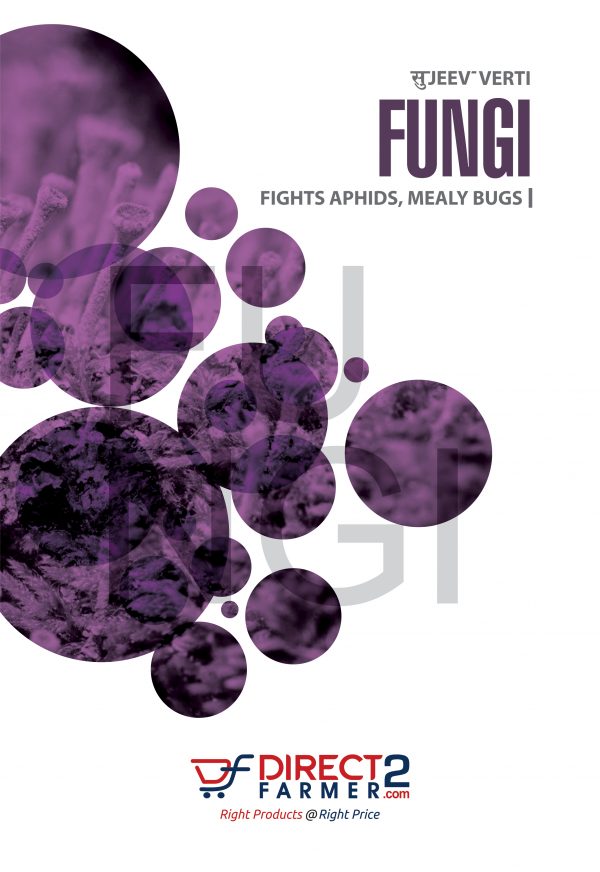
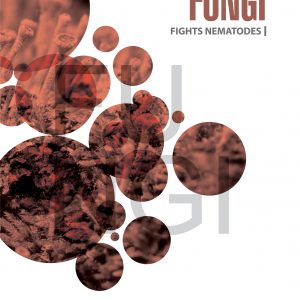
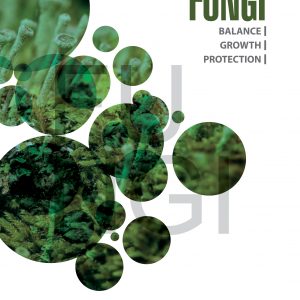
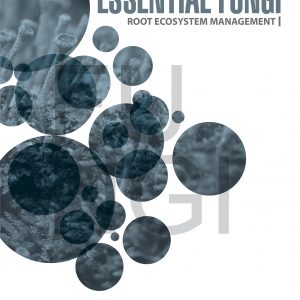
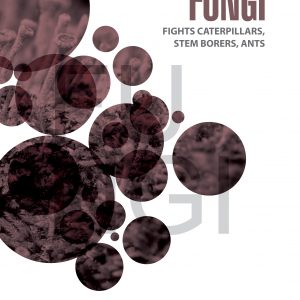
Reviews
There are no reviews yet.